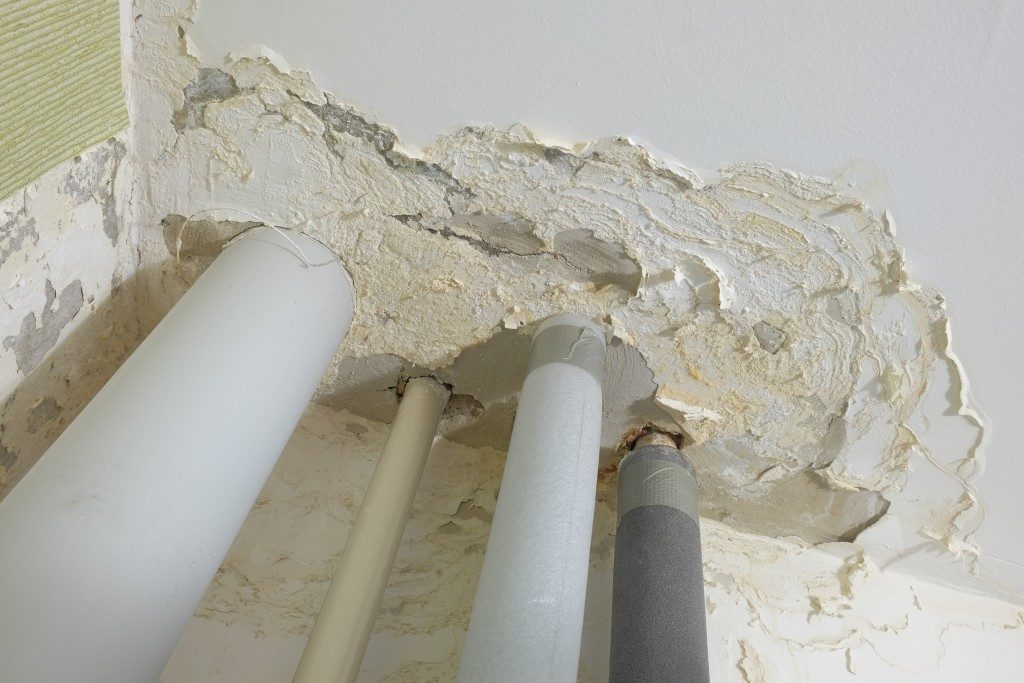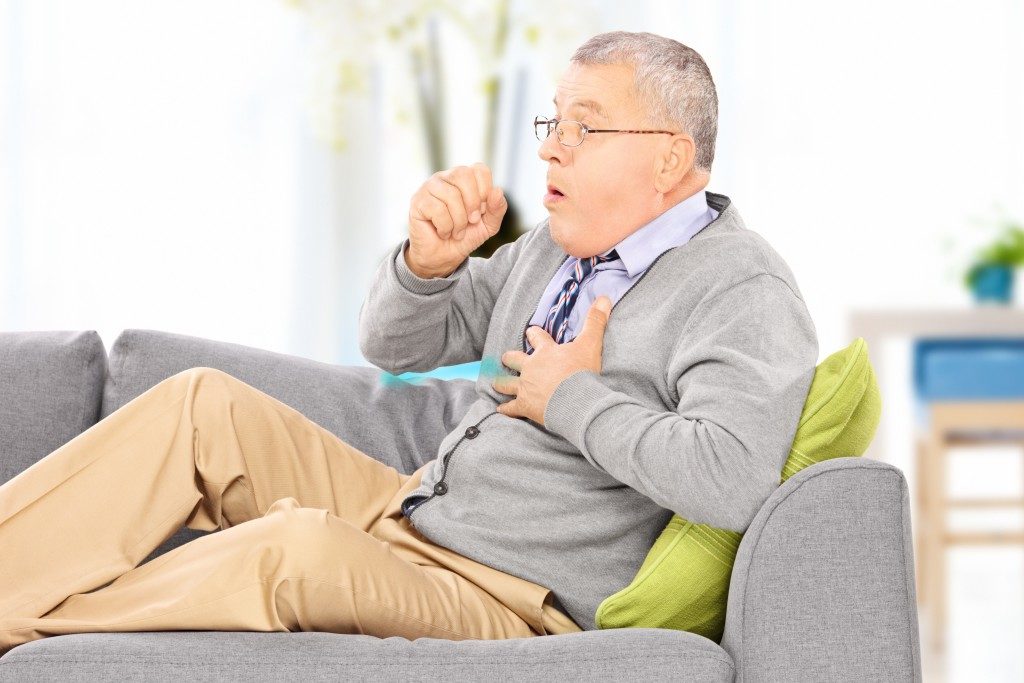Your home is probably the last thing you’ll think about when asked about the dangerous places you can be in. But, did you know that your house could also be unsafe? Unsafe for your health, that is. Sick building syndrome is real. Here are the signs your house may be making you ill:
1. You have too much dust on your bookshelves
Dust isn’t just an eyesore, ruining the aesthetic appeal of your bookshelves and the living room’s focal point. They literally can make your eye sore, causing watery eyes. It can also irritate your nasal passages, resulting in congestion, itchiness, and frequent sneezing.
If you’re constantly exposed to dust, your immune system may weaken over time. The best way to get rid of too much dust is to vacuum at least once a week. Make sure that the equipment has a clean filter, though. Check your HVAC system as well since this could be a culprit behind dust mites being recycled into the air. Some homeowners adopt a “no shoe” policy indoors, so they could prevent dust from getting into their carpets or rugs. You may want to consider that, as well.
2. You have water damage at your basement
 Flooding in the house is never good for your health. For one, moisture is the perfect breeding ground for mold. Mold produces irritants and toxins, which can cause allergic reactions and trigger asthma attacks. Water damage in the basement could also put you at risk for electrical shocks, resulting in cardiac arrest, nervous system problems, and burns to the organs. It’s important to act quickly in removing water in your house. Get in touch with cleaning and restoration service specialists for the safe suction of water and mold removal. British Columbia experts highly advise against handling black water on your own, as this contains agents that are dangerous to your health.
Flooding in the house is never good for your health. For one, moisture is the perfect breeding ground for mold. Mold produces irritants and toxins, which can cause allergic reactions and trigger asthma attacks. Water damage in the basement could also put you at risk for electrical shocks, resulting in cardiac arrest, nervous system problems, and burns to the organs. It’s important to act quickly in removing water in your house. Get in touch with cleaning and restoration service specialists for the safe suction of water and mold removal. British Columbia experts highly advise against handling black water on your own, as this contains agents that are dangerous to your health.
3. You have a tightly sealed home
While tightly sealing up windows and doors indeed cuts down electricity costs, you may pay a high price on your health. Toxins, coming from the air you exhale and the gas your appliances produce, fill up your home without being filtered out by fresh air from the outside. When you use your furnace or AC, the air inside gets recycled, therefore leaving toxins in indoor air.
Furthermore, there’s a high chance that radon would get into your home when you have a tightly sealed house. When there’s little air coming in and more going out through the roof vents, radon gas at the lowest parts of your home, like foundation cracks, tend to pull upward. Exposure to radon can lead to cancer. To avoid this, prioritize natural ventilation by opening doors and windows whenever possible. Turn on fan vents as well whenever you’re cooking or taking a bath.
Apparently, homes aren’t the safest place one can be in. Take a look at your house and try to spot the hazards. Don’t let your home make you sick. Restore it to its former image, which is your “home sweet home.”

